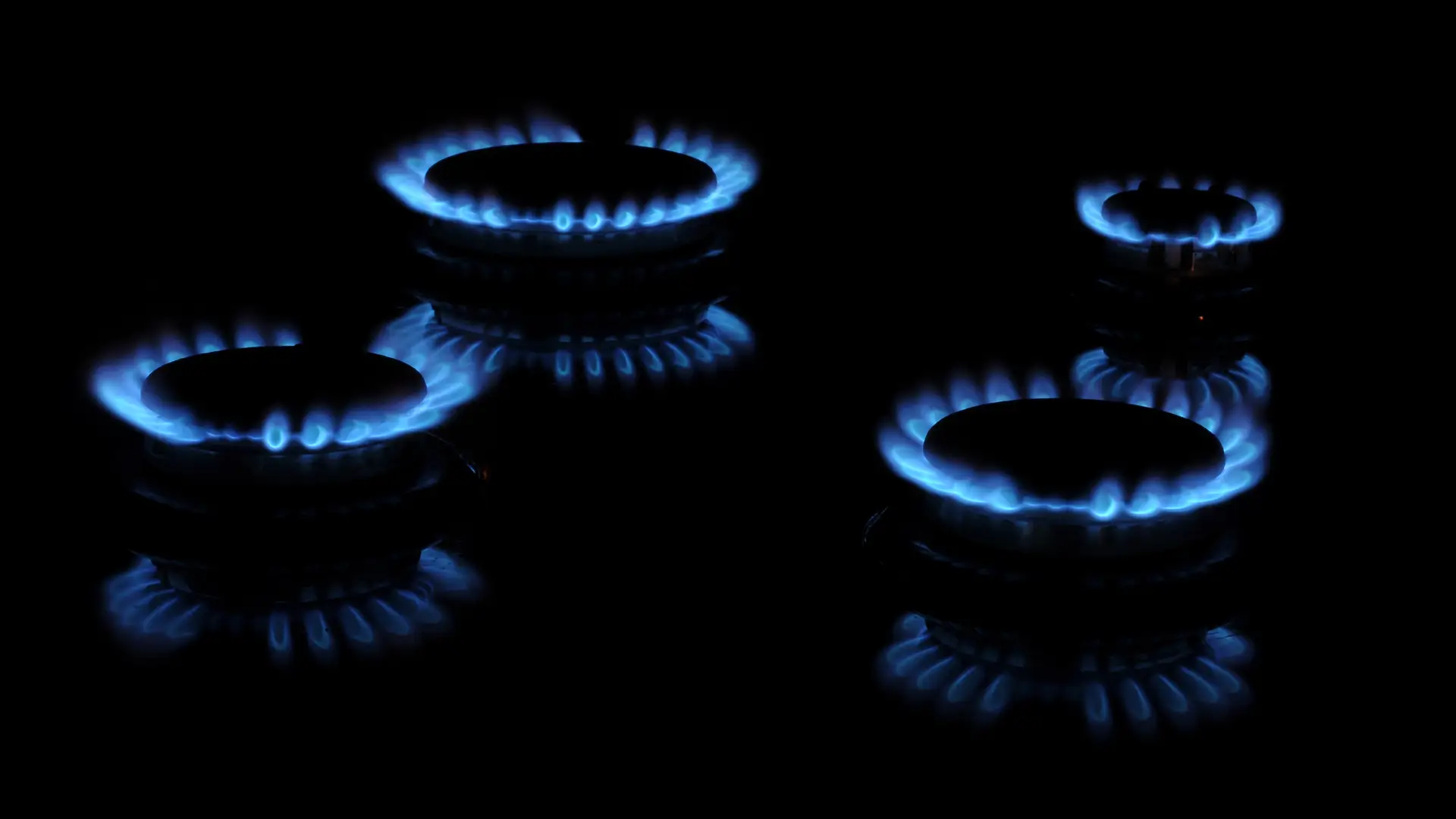Induction vs Ceramic vs Gas Hobs: Which Is Best for Your Kitchen?
Choosing the right hob can transform everyday cooking. This guide compares induction hobs, ceramic hobs, and gas hobs so you can match performance, control, and running costs to your kitchen and cooking style.
What Are the Main Types of Hobs?
Here’s a quick overview before we dive deeper.
- Induction — Uses magnetic energy to heat the pan directly. Cool-to-touch surface and strong safety features. Residual heat The glass may feel warm after cooking because the pan heats it, not the hob itself. is usually low and fades quickly.
- Ceramic — Electric elements heat a smooth glass surface. Easy to wipe, straightforward to use, and typically lower upfront cost.
- Gas — Open flame burners provide instant visual heat and precise manual control.
Induction Hobs Explained
An induction hob works by creating a magnetic field between the hob surface and your pan. The pan itself heats up while the surrounding glass stays cooler, making induction one of the most efficient and safest ways to cook.
- Fast heating — water boils in nearly half the time compared to ceramic.
- Energy efficient — less wasted heat means lower running costs.
- Safer surface — only the pan gets hot, reducing risk of burns.
- Pan compatibility — requires cookware with a magnetic base.
- Higher upfront cost — savings build over time.
Ceramic Hobs Explained
A ceramic hob uses electric heating elements beneath a smooth glass surface. It offers a sleek look, straightforward controls, and a typically lower upfront cost than induction, while remaining easier to clean than most gas hobs.
- Simple, flush glass top — quick wipe-down after cooking.
- Widespread pan compatibility — works with most flat-based cookware.
- Slower heat-up time Heat builds in the glass first, then transfers to the pan, so responsiveness is moderate. and less precise low-heat control than induction.
- Retains residual heat The surface stays hot for a while; rely on the hot-hob indicator and allow extra cooling time. after switching off.
- Good value — lower purchase price; running costs sit between induction and gas.
Gas Hobs Explained
A gas hob is the traditional choice, using an open flame to heat pans directly. Loved by many chefs for its instant visual feedback and tactile control, gas remains a popular option despite being less energy efficient than induction or ceramic.
- Instant heat — visible flames let you see power levels immediately.
- Precise control — adjust the flame size quickly for delicate or high-heat cooking.
- Best for wok and stir-fry cooking with a strong flame and searing Cooking technique using very high heat to brown the surface of food quickly. .
- Less energy efficient — much of the heat escapes around the pan.
- More cleaning — pan supports and burners need regular scrubbing.
- Requires ventilation — a good extractor hood is strongly recommended.
Side-by-Side Comparison: Induction vs Ceramic vs Gas
Compare the key differences at a glance. Use this table to match speed, energy efficiency, safety, and running costs to your cooking style.
| Feature | Induction | Ceramic | Gas |
|---|---|---|---|
| Speed & responsiveness | Excellent — near-instant changes | Moderate — glass heats first | Excellent — instant flame control |
| Energy efficiency | High — minimal wasted heat | Medium — some loss via glass | Lower — heat escapes around pan |
| Safety | Very safe — surface stays cooler | Moderate — hot surface after use | Lower — open flame requires care |
| Ease of cleaning | Very easy — flat glass, fewer spills burned on | Easy — flat glass surface | Harder — supports & burners |
| Pan compatibility | Magnetic base required | Most flat-based pans | Any pan type |
| Upfront cost | Higher | Lower | Medium |
| Running costs | Lower (efficient, fast) | Medium | Higher (less efficient) |
| Noise | Low–moderate (fan hum) | Low | Low (burner hiss) |
| Installation | Electric hardwire; adequate supply | Electric hardwire | Gas connection & ventilation |
Which Hob Is Best for Your Kitchen?
The right hob for you depends on your cooking style, budget, and priorities. Here’s a quick guide to help you decide:
- Best for energy efficiency: Induction hobs — excellent for reducing running costs Running costs measure how much energy your hob uses over time, affecting both efficiency and bills. and cooking times.
- Best on a budget: Ceramic hobs — affordable to buy, simple to install, and sleek in design.
- Best for passionate cooks: Gas hobs — instant flames and tactile control make them ideal for stir-frying, searing, and flambé dishes.
- Best for families with safety in mind: Induction hobs — cool-to-touch surfaces and automatic pan detection reduce risks in busy kitchens.
Frequently Asked Questions
Got questions about induction, ceramic, or gas hobs? Here are the most common answers to help you decide.
Conclusion
Each hob type offers clear benefits, but the best choice depends on what matters most to you:
- Induction — unbeatable for speed, energy efficiency, and safety.
- Ceramic — sleek, simple, and budget-friendly.
- Gas — excellent for traditional cooks who want tactile control and flame power.
Whether you’re upgrading for efficiency, chasing the look of a modern kitchen, or sticking with the classic gas flame, the right hob can make all the difference.
Explore our full range of hobs and find the perfect match for your kitchen today.
- All Posts
- Cooker Hood Guides & Advice
- Dishwasher Guides & Advice
- General Appliance Guides & Advice
- Hob Guides & Advice
- Laundry Guides & Advice
- Microwave Guides & Advice
- Oven Guides & Advice
- Wine Cooler Guides & Advice
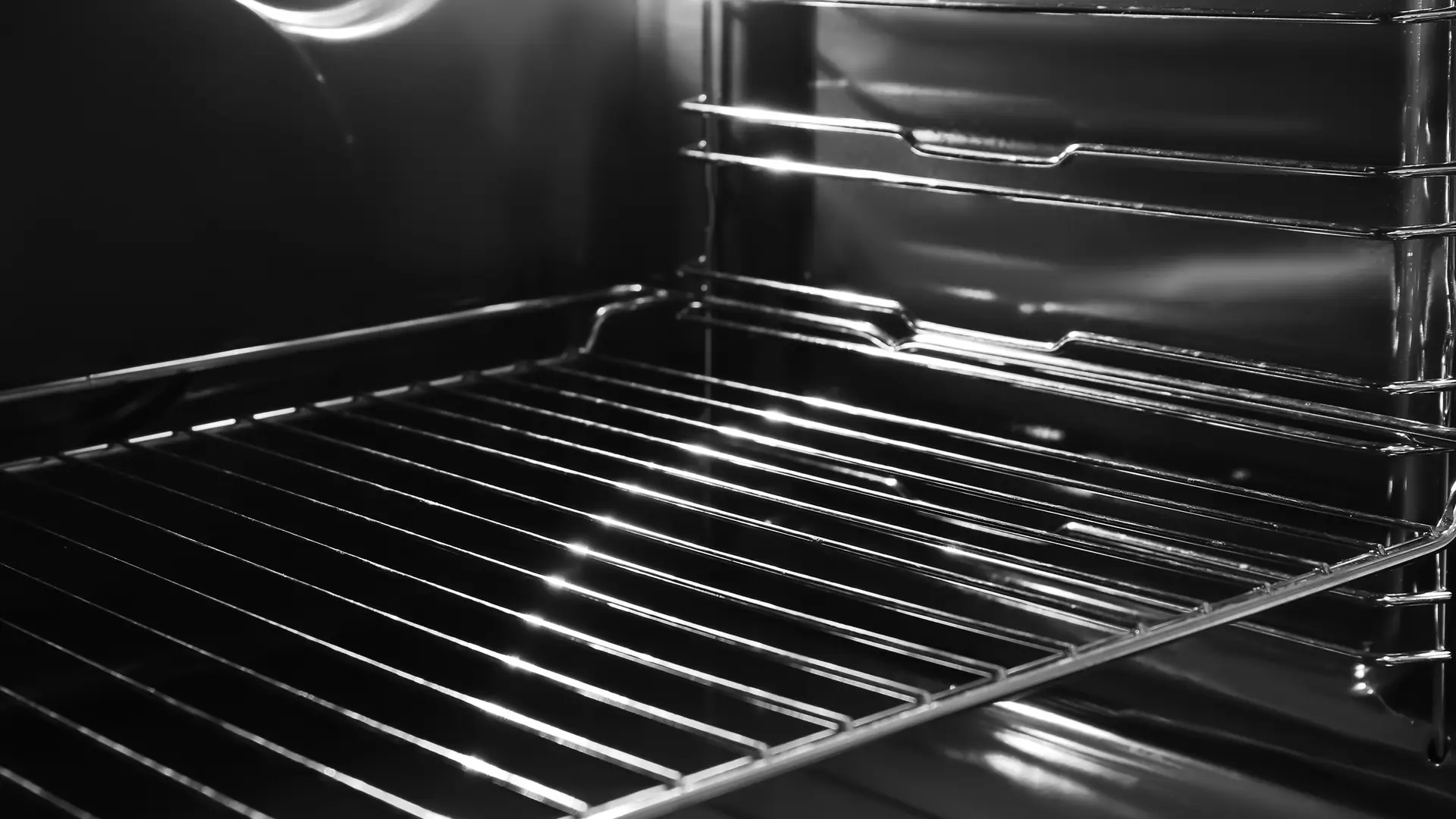
Keeping your oven clean can be a chore, especially when it comes to tackling greasy oven racks. So it’s natural...
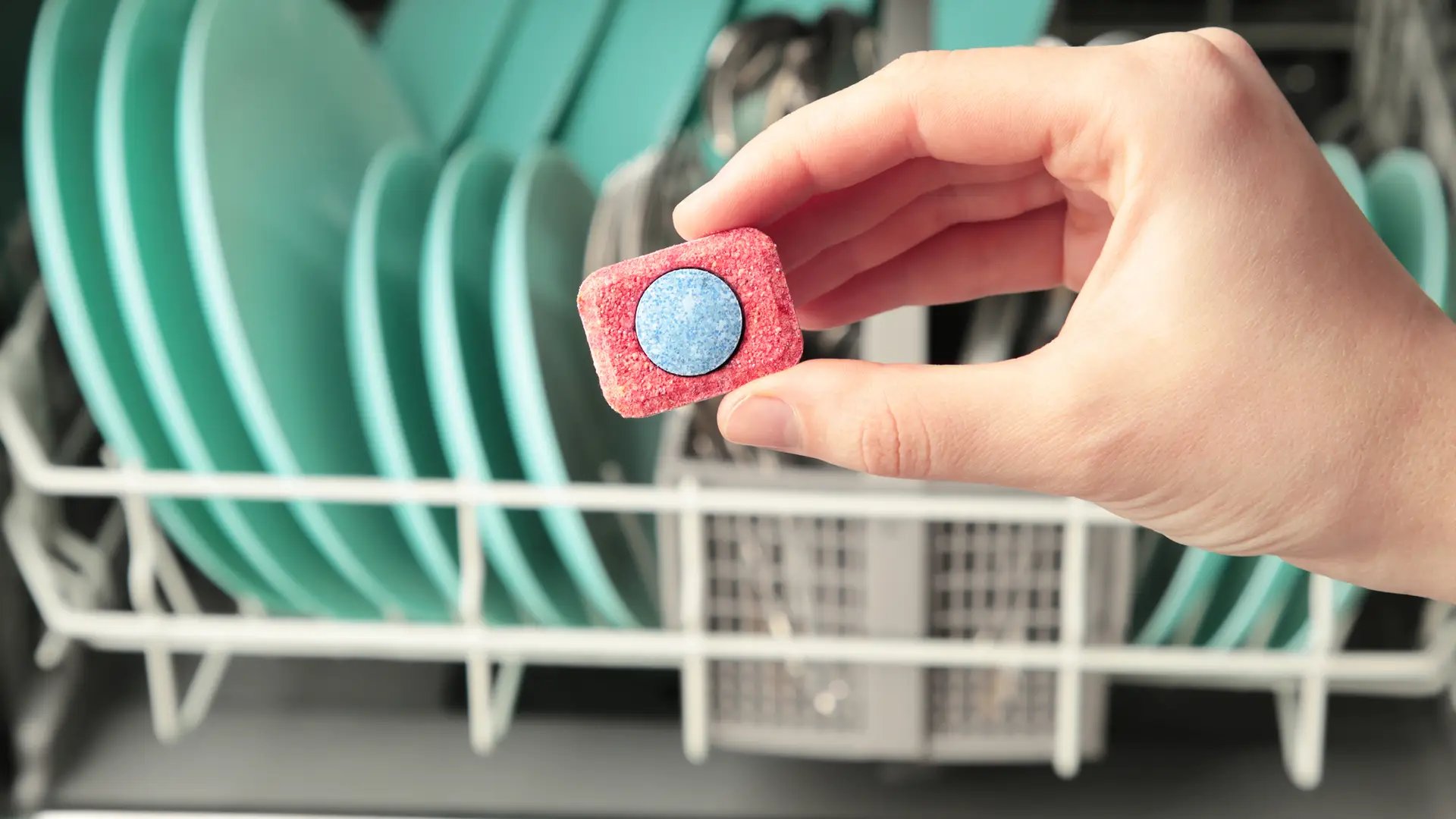
Find out why your dishwasher tablet isn’t dissolving properly and how to fix it fast. Learn the common causes and...
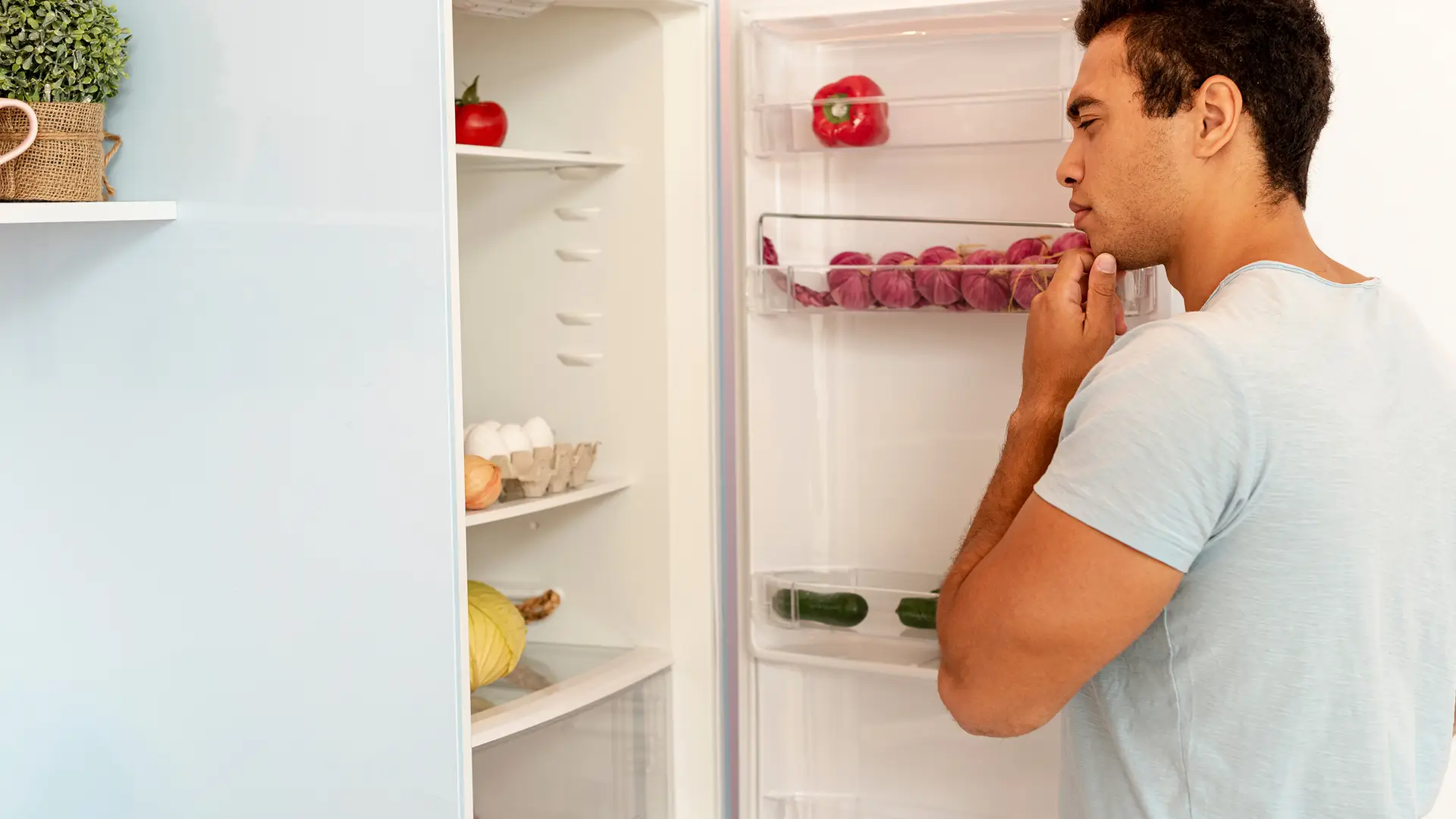
Discover why your fridge is running but not cooling properly. Learn the common causes and quick fixes — and when...
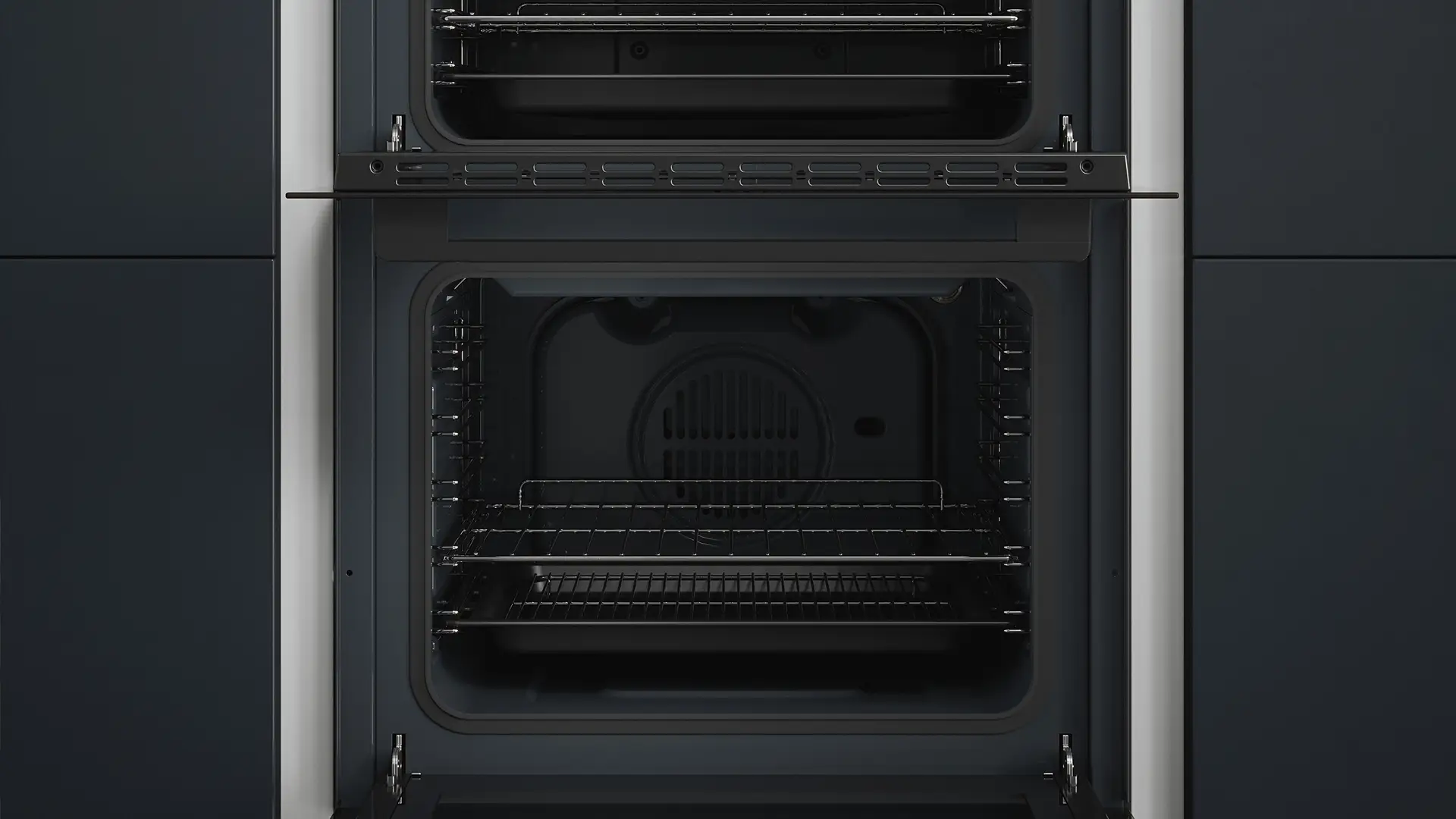
Is your oven slow to preheat? Discover common causes like faulty elements or poor seals and learn quick fixes to...
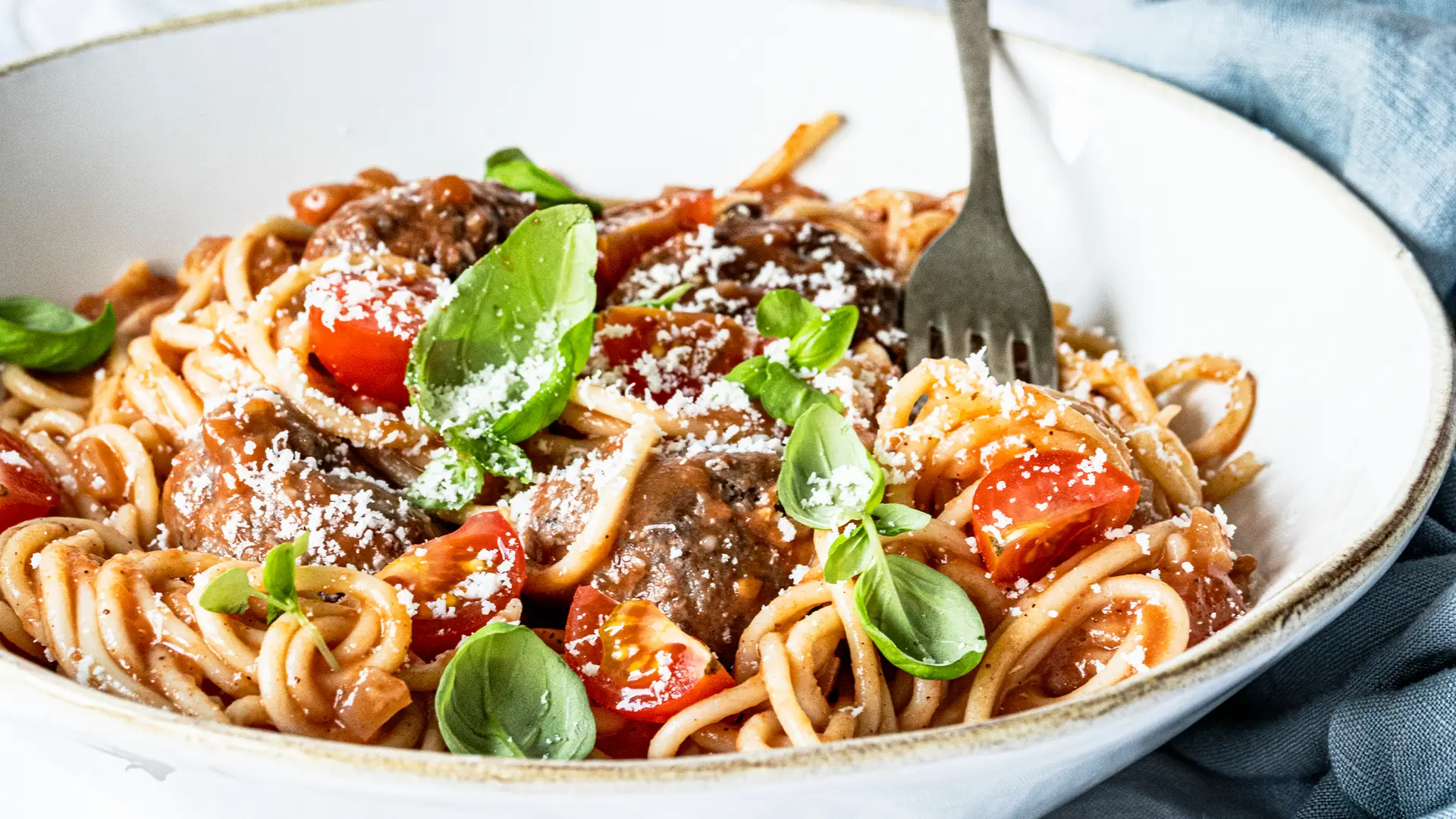
Master pasta cooking on your induction hob with our simple step-by-step guide. Learn timings, tips, and tricks for perfect results...

Discover how to use your wine cooler for beer, soft drinks, and more. Learn the best temperatures and setup tips...
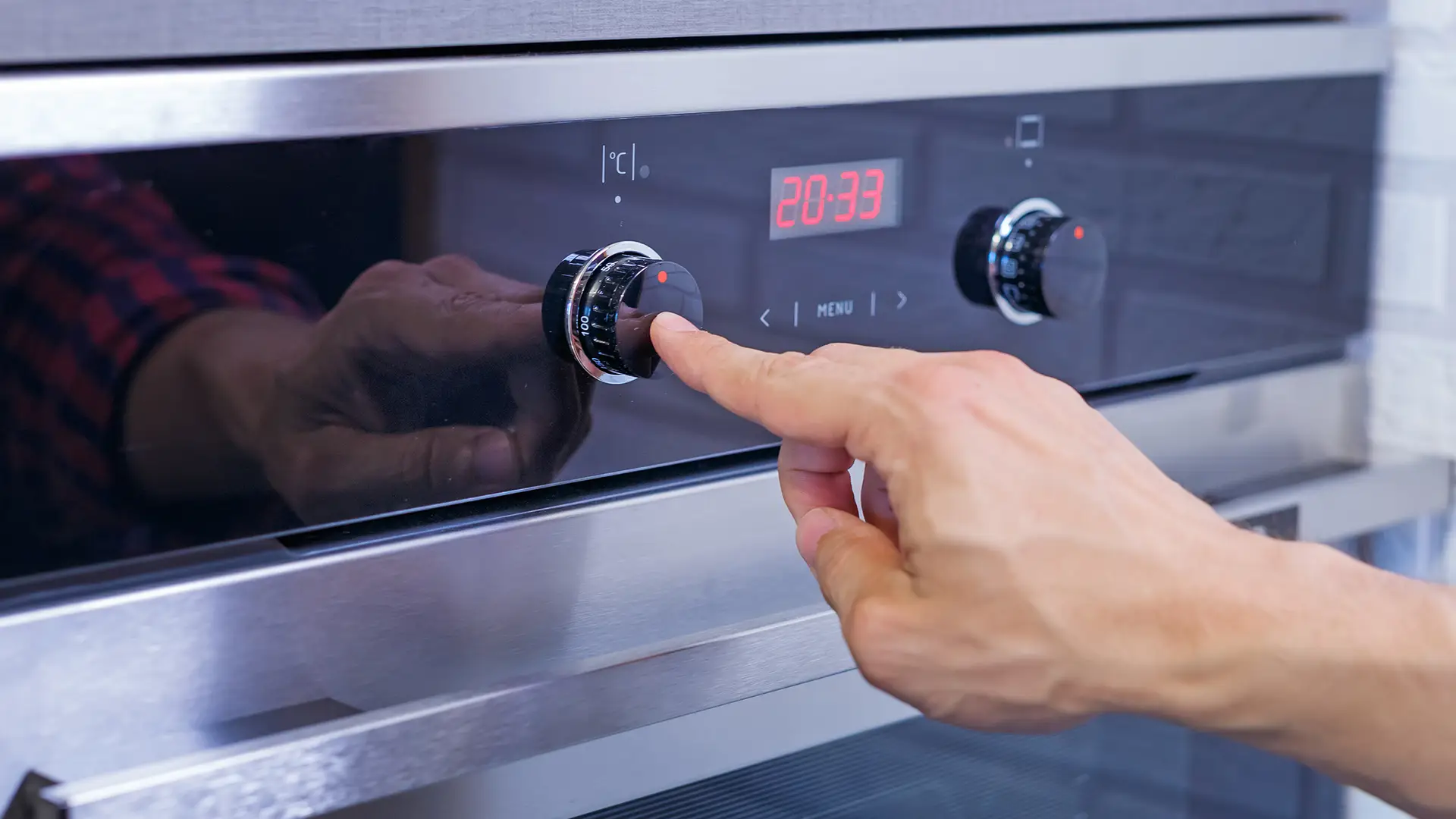
Wondering what oven temp keeps food warm safely? Learn the ideal temperature to hold food without drying it out. Read...
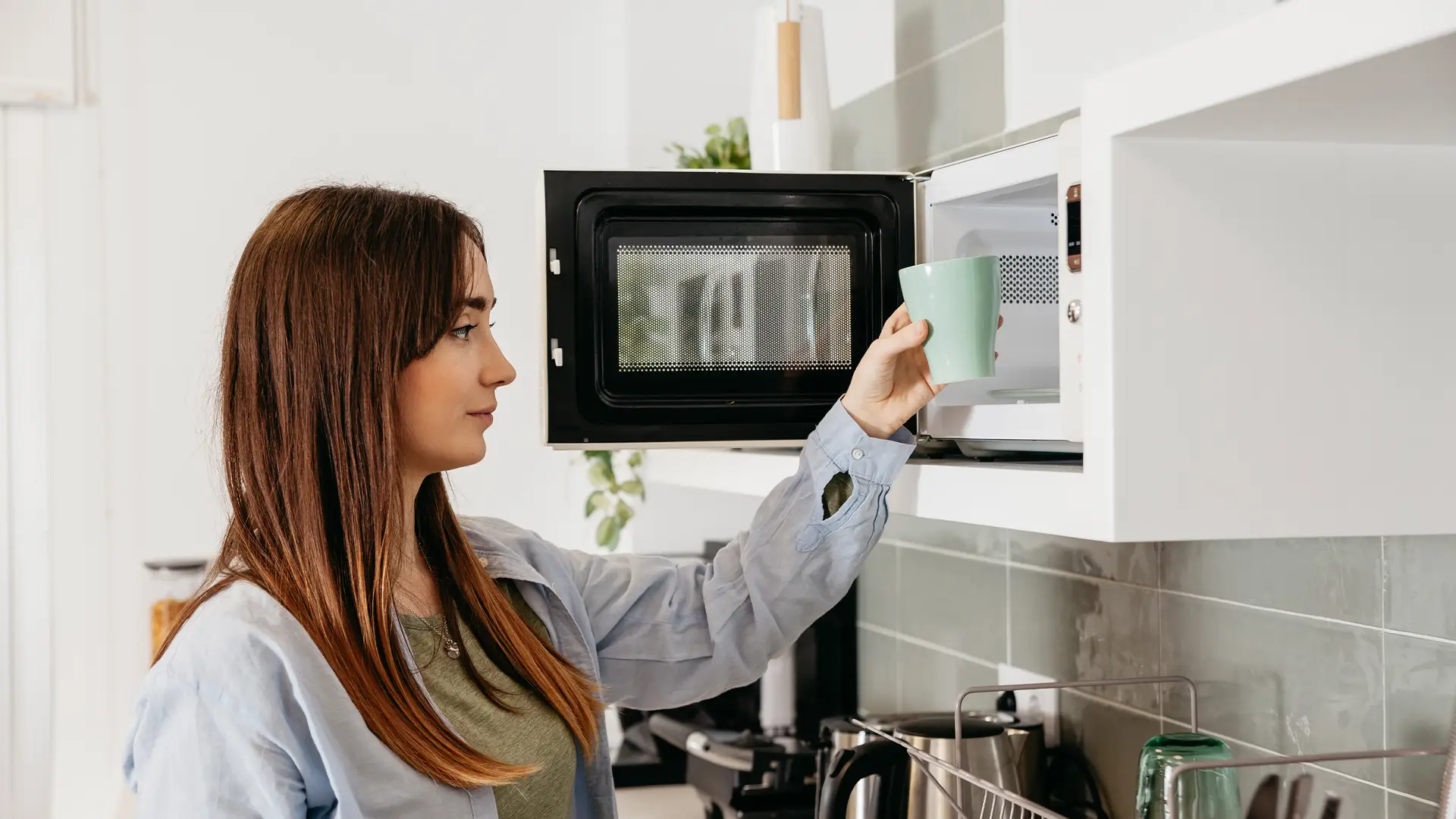
Discover the different types of microwaves, from solo to combi models. Learn which one suits your kitchen best. Read our...
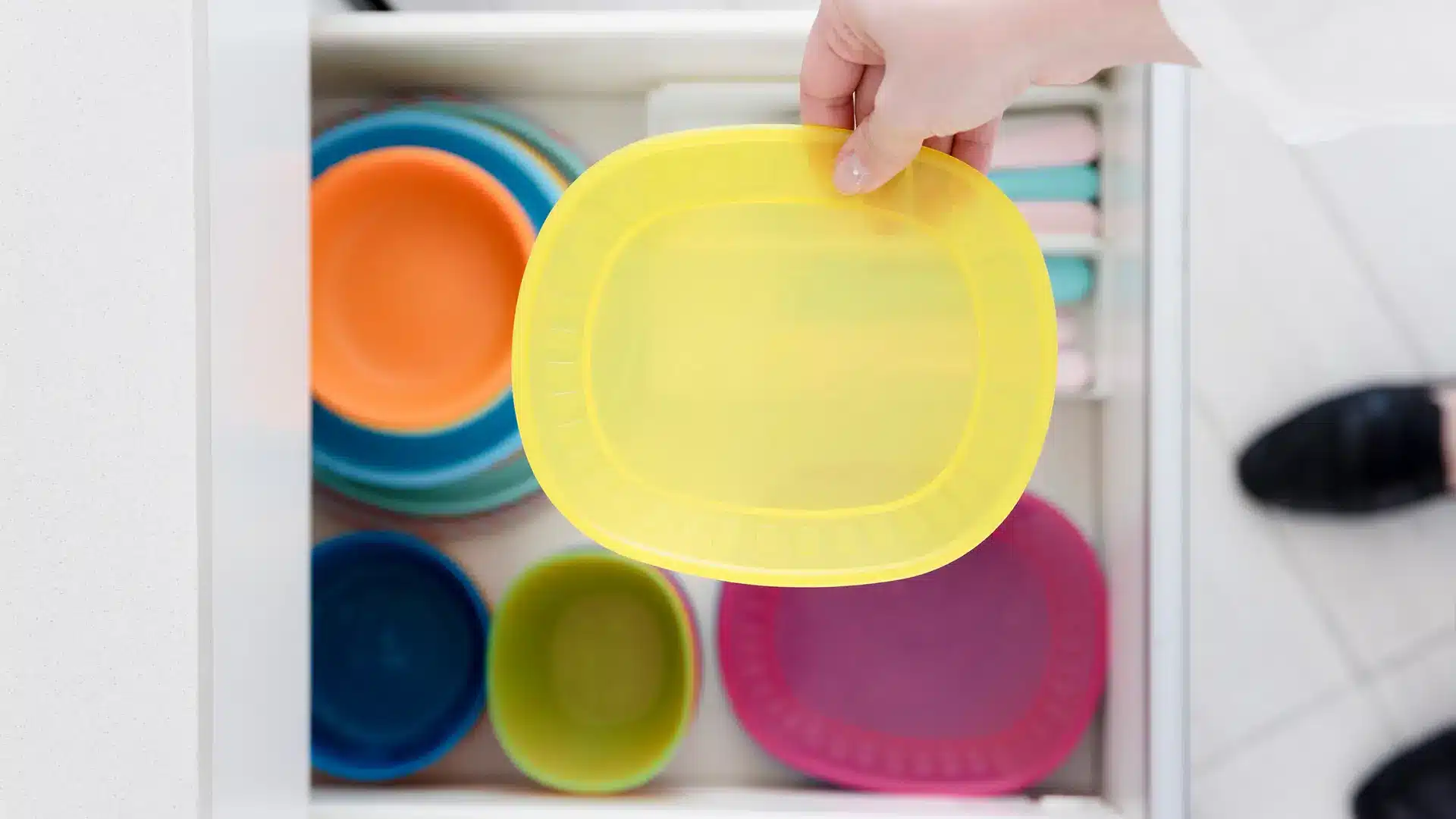
Home / Hobs / Hob Guides & Advice The Best Microwave Accessories You Should Own The right microwave accessories can transform...
